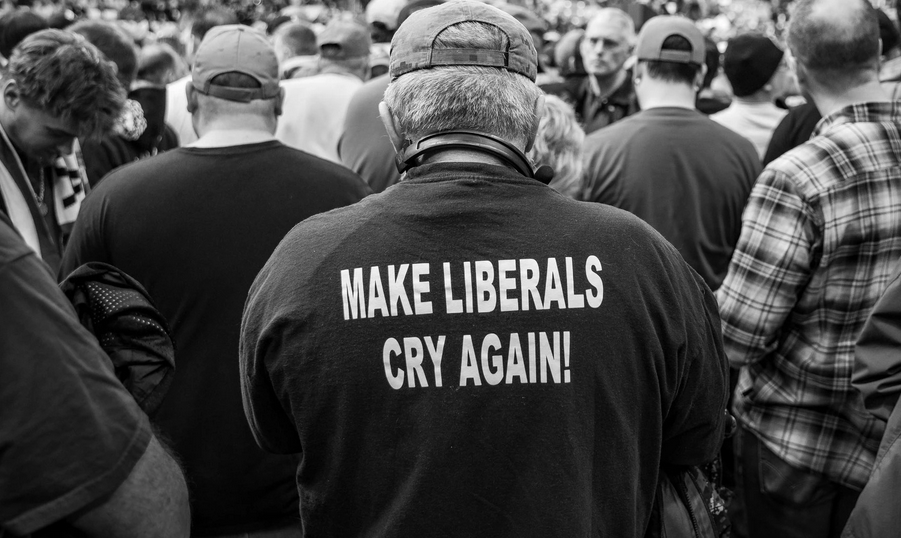Karl Rove had a novel idea for how to organize President George W. Bush’s 2004 re-election campaign.
He and the chief campaign strategist, Matthew Dowd, decided on a “base strategy.” They reallocated the bulk of the campaign’s media budget to focus on social conservatives instead of on moderates — a decision predicated on the fact that the swing, or persuadable, share of the electorate had shrunk from one in five voters to less than one in 10. The most effective use of campaign funds, the thinking ran, was to invest in turning out more of the millions of white right-wing voters who needed to be motivated to show up at the polls.
The result was a shift that year from a traditional centrist strategy to an emphasis on anger and fear, a shift that turned out to have profound long-term consequences.
Campaigns in the past had relied on activating resentment and hostility, of course, but the re-election drive for Bush in 2004 was the first to make this the centerpiece of a mainstream presidential effort.
American politics were irrevocably transformed, polarization strategies became institutionalized and the stage was set for the explicit racial and anti-immigrant themes dominating Donald Trump’s campaigns for election and re-election.
Three major events over the next 10 years bridged the gap between the White House campaign of George W. Bush and the White House campaign of Donald J. Trump.
The economic meltdown of 2007-9 devastated faith in the American economic system and in the nation’s elected leaders — especially the Republican establishment.




